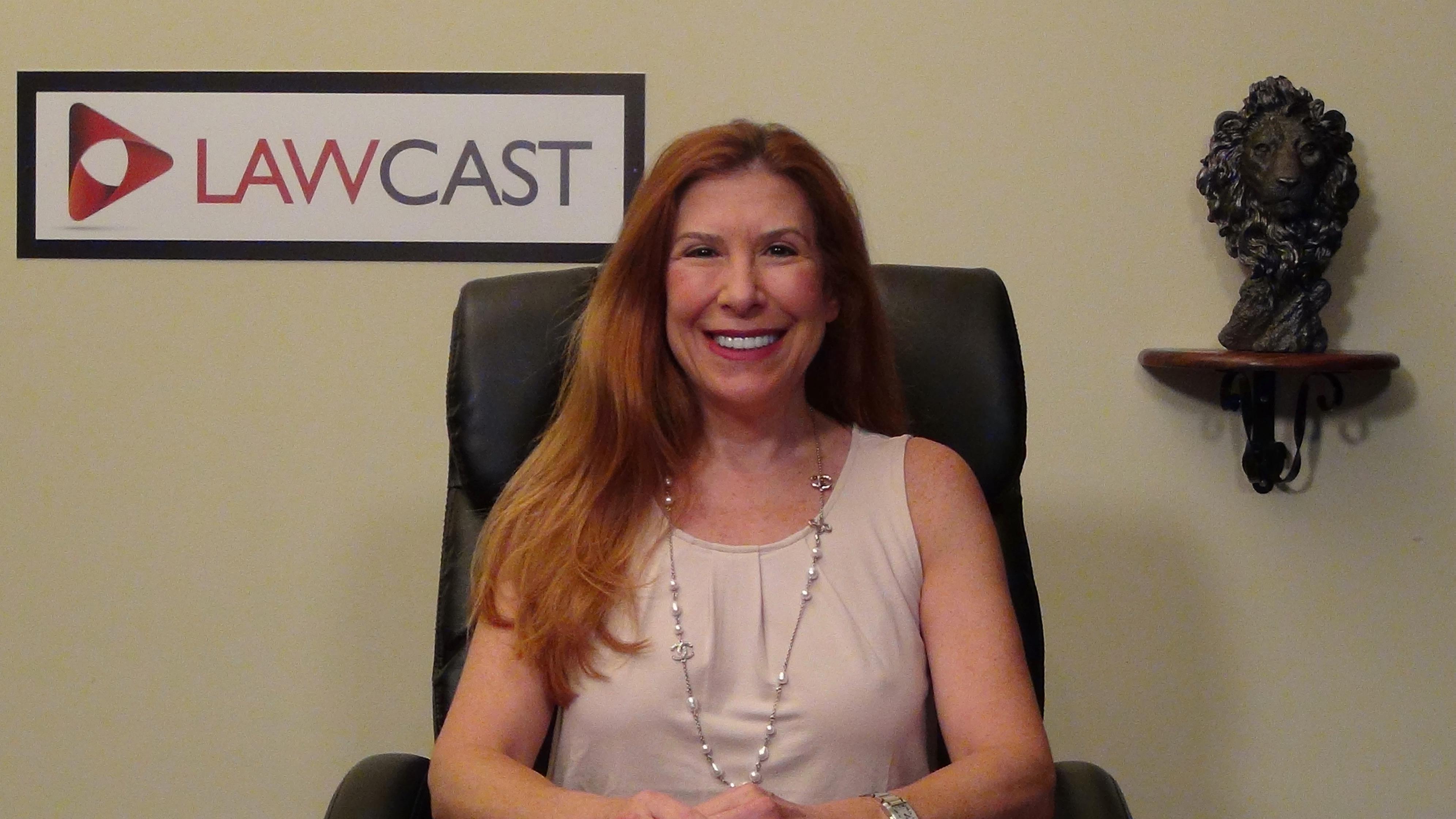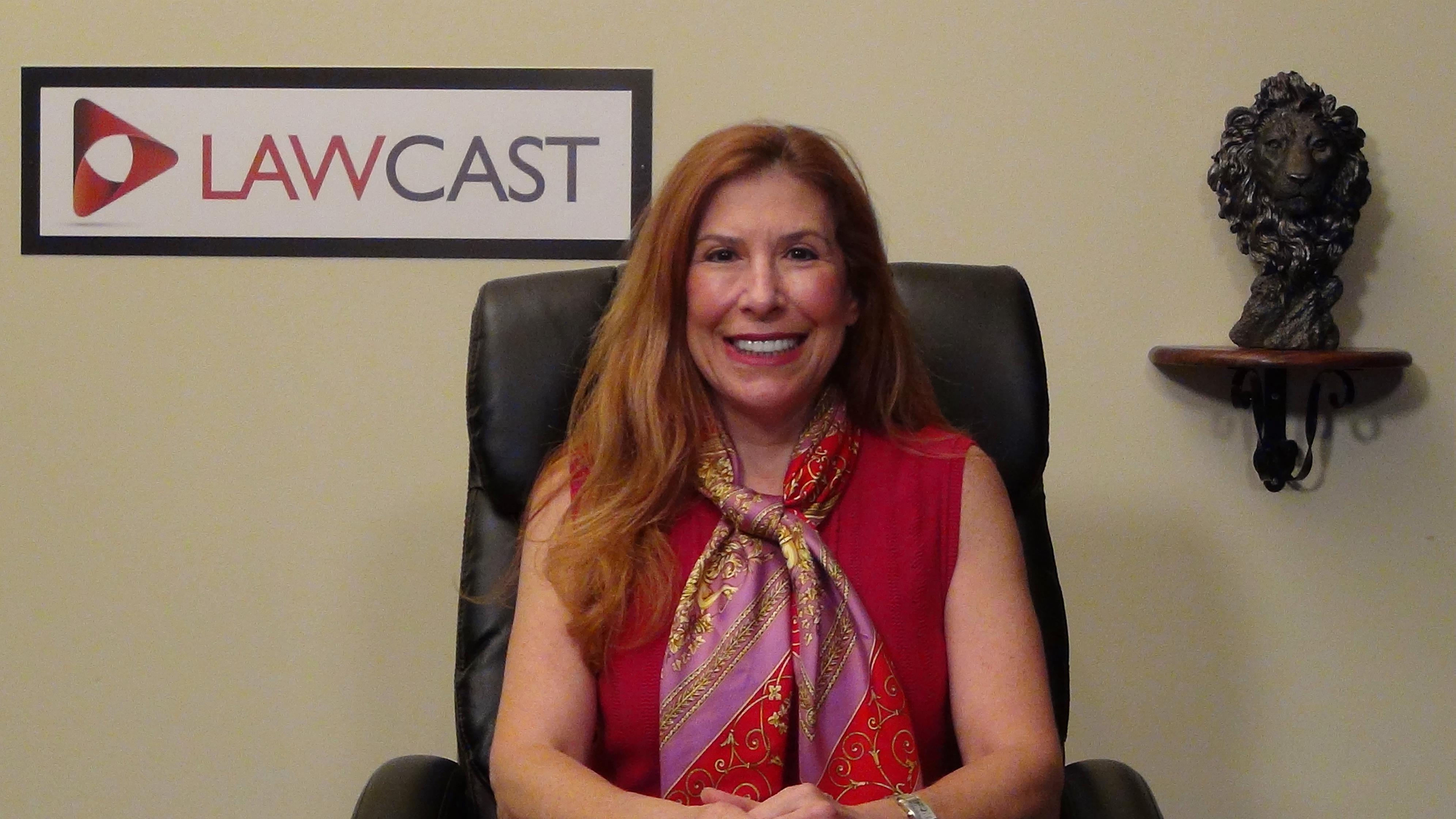Regulation S-K and Item 101 and 102 Disclosure Requirements
Regulation S-K and Item 101 and 102 Disclosure Requirements- Today is the continuation in a Lawcast series discussing SEC disclosure requirements and in particular the 341 page Regulation S-K concept release and request for public comment issued by the SEC on April 15, 2016.
I am continuing a review of the various specific topics discussed in the Regulation S-K concept release.
Item 101 requiring a description of the company’s business and Item 102 related to the company’s materially important physical properties, provides the necessary foundation needed by investors to make investing and voting decisions. This basic information assists in putting other disclosure items into context.
Currently Item 101 requires a description of the general development of the company’s business over the past 3 years for smaller reporting companies and 5 years for other classes of company, or such shorter period as the company has been in business. Item 102 requires disclosure of the location and general character of plants, mines and other materially important physical properties.
Examples of information required include disclosure of the basic background of the business such as: (i) the year of formation; (ii) type of entity; (iii) any bankruptcy, receivership or similar; (iv) any material reclassification, merger or consolidation; (v) the acquisition or disposition of any material assets outside the ordinary course of business; and (vi) material changes to the business operations. In addition, Item 101 requires a narrative description of a company’s business, including 13 specific areas including for example: (i) principal products produced and services rendered; (ii) new products or segments; (iii) sources and availability of raw materials; (iv) intellectual property; and (v) seasonality of business; (vi) working capital practices; (vii) dependence on certain customers; and (xiii) number of employees.
Emerging growth companies must meet all of the standard requirements, however, smaller reporting companies benefit from several scaled disclosures from the standard requirements, including for example elimination of the requirement to discuss seasonality, working capital practices, backlog or government contracts.
As with other areas of discussion, the SEC requests comments on whether the current disparities between requirements related to smaller reporting companies and emerging growth companies should be eliminated.
Many of the detailed requirements may not be relevant in today’s business environment. For instance, many businesses no longer have physical locations but rather run through virtual offices. Likewise, businesses in today’s world often outsource or hire independent contractors and as such the number of employees may not add value to the disclosure.
The SEC also discusses eliminating redundancies in the 101 and 102 disclosure requirements. For example, there are several categories in Form 8-K that request the same information elicited in Items 101 and 102 as does MD&A and footnotes to financial statements.







